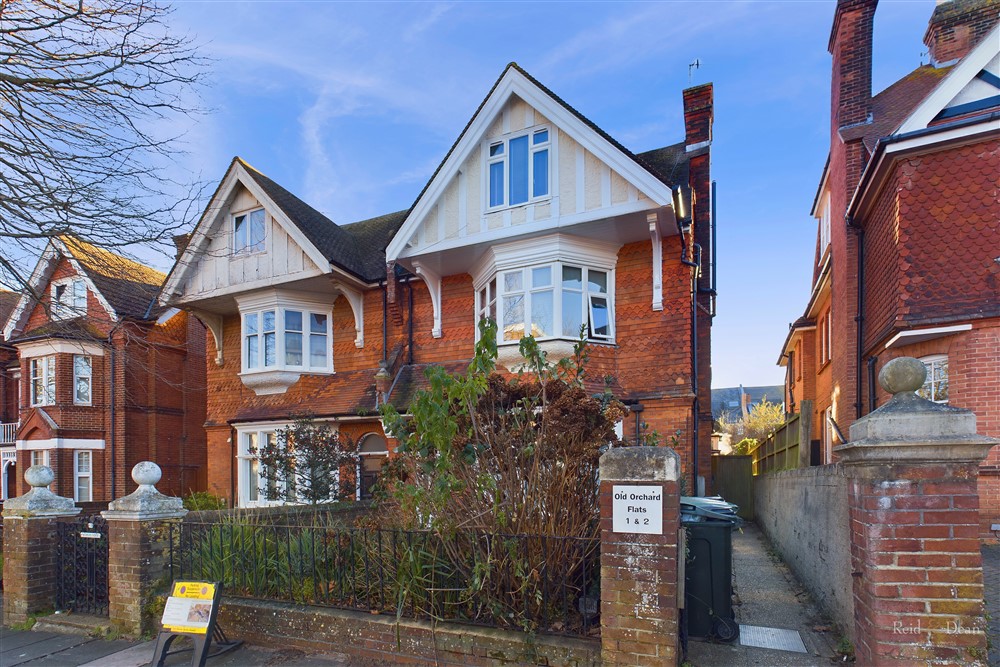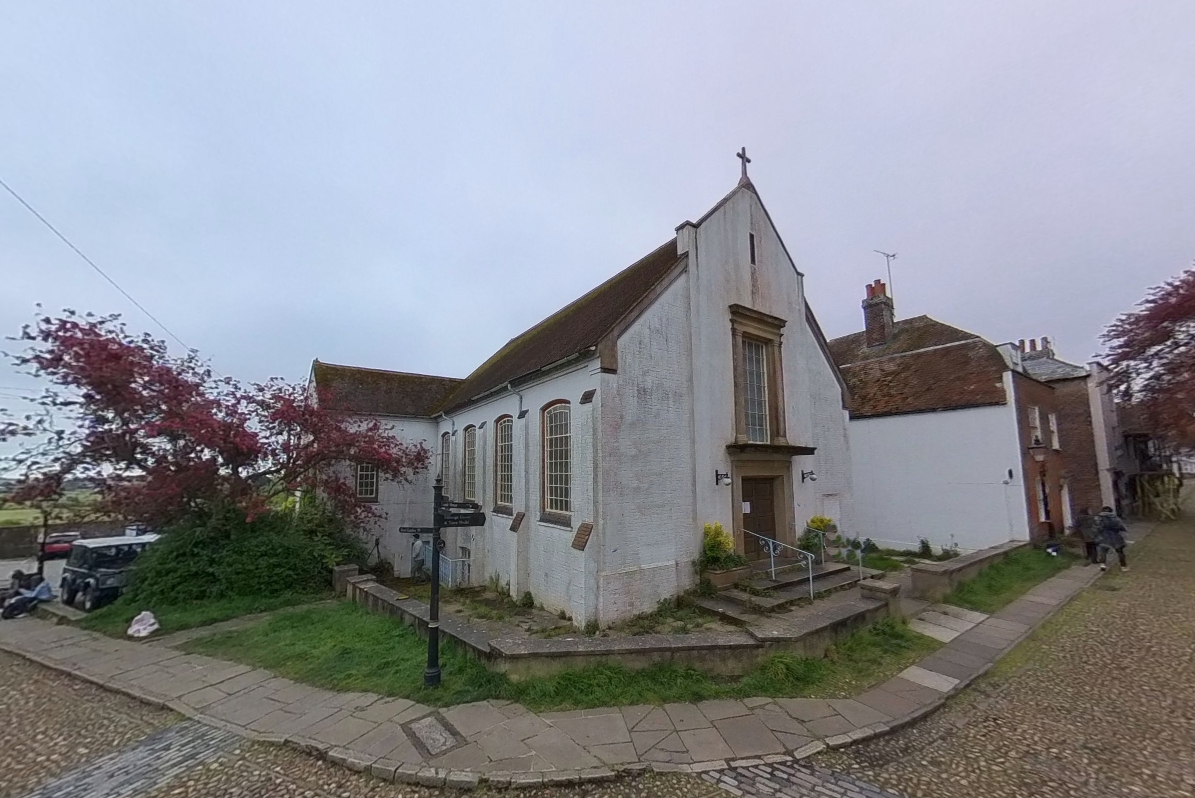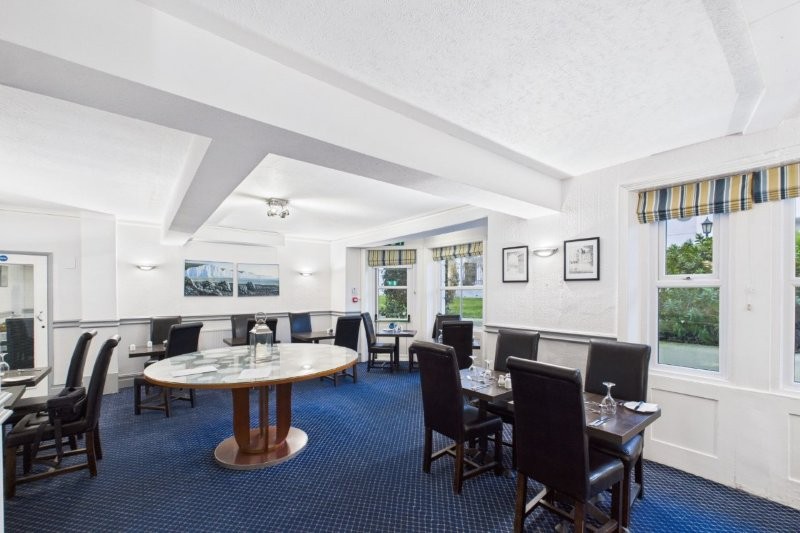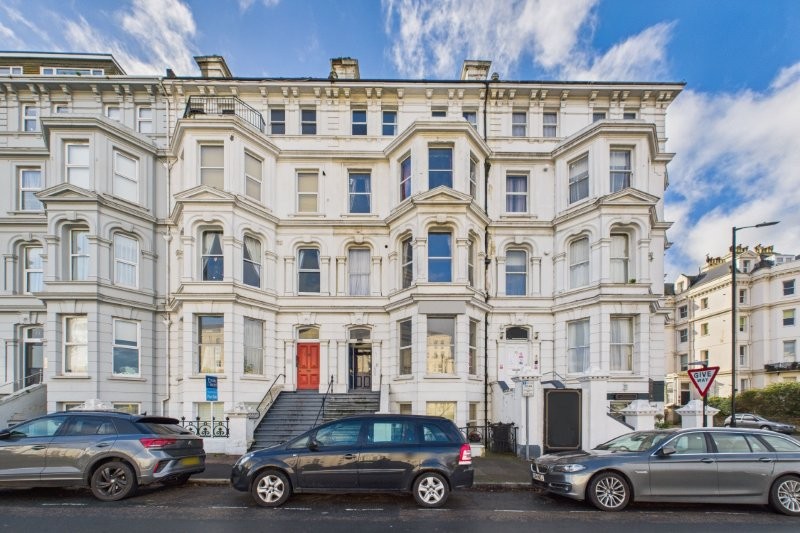Preparing your HMO for sale, or thinking about buying one? Use this guide to ensure it meets the legal requirements and tenant expectations.
What is an HMO?
An HMO (House in Multiple Occupation) is a property rented by three or more unrelated people who share facilities such as a kitchen or bathroom. HMOs are subject to specific legal standards, especially around safety and space.
HMO Licences
An HMO requires a licence to be issued by the local authority if:
- It is occupied by five or more tenants – formed of two or more households, and
- Facilities like a kitchen or bathroom are shared.
- Licences usually last for 5 years and are not transferable to a new owner.
Minimum Legal Bedroom Sizes for Licenced HMOs
- Child under 10 years old: 4.64 m²
- Single occupant (10+ years): 6.51 m²
- Two people sharing: 10.22 m²
Certificates & Safety Requirements
All HMOs (Licensable or Not) require the following:
- Energy Performance Certificate (EPC)
- Gas Safety Certificate (GSC) – annually
- Electrical Installation Condition Report (EICR) – every 5 years
- Smoke alarms – one per habitable floor
- Carbon monoxide alarm – required where gas or solid fuel is used
- Selective licence – required by some local councils
Additional for Licensable HMOs
- HMO Licence from local authority
- Planning permission – required for 7+ occupants
- Fire Risk Assessment
- Fire alarm certificate
- Emergency lighting certificate (if installed)
- Portable Appliance Testing (PAT) – often required by councils
Property Setup
- Fully furnished (include soft furnishings for initial viewings)
- Curtains/blinds in all bedrooms (ideally all rooms)
- Bedroom door numbers
- Thumb-turn locks on all final exit doors
- Fire blanket in kitchen(s)
- Microwave, kettle, toaster provided
- Communal TV (recommended)
Practical & Management Recommendations
- Key safe for front door (external, combination)
- Lockable internal cabinet for room keys
- Instructions for testing fire alarm & emergency lighting
- Notice board by entrance (minimum 120 cm x 90 cm)
- Labelled wheelie bins with property address
- Reliable internet with WiFi details clearly displayed
- Ensure WiFi reaches all rooms
- Heating programmed and radiators working
- Check all taps, showers, hot water, and fix leaks
- Cleaning schedule or contract for communal areas
Planning Requirements for HMOs
In most cases, a single dwelling (C3 use class) can be changed to a small HMO (C4 use class – 3 to 6 unrelated occupants) without requiring planning permission. However, some local authorities have an Article 4 Directive removing permitted development rights for this.
Planning permission is always required for HMOs with 7 or more occupants (Sui Generis – Large HMO use class).








